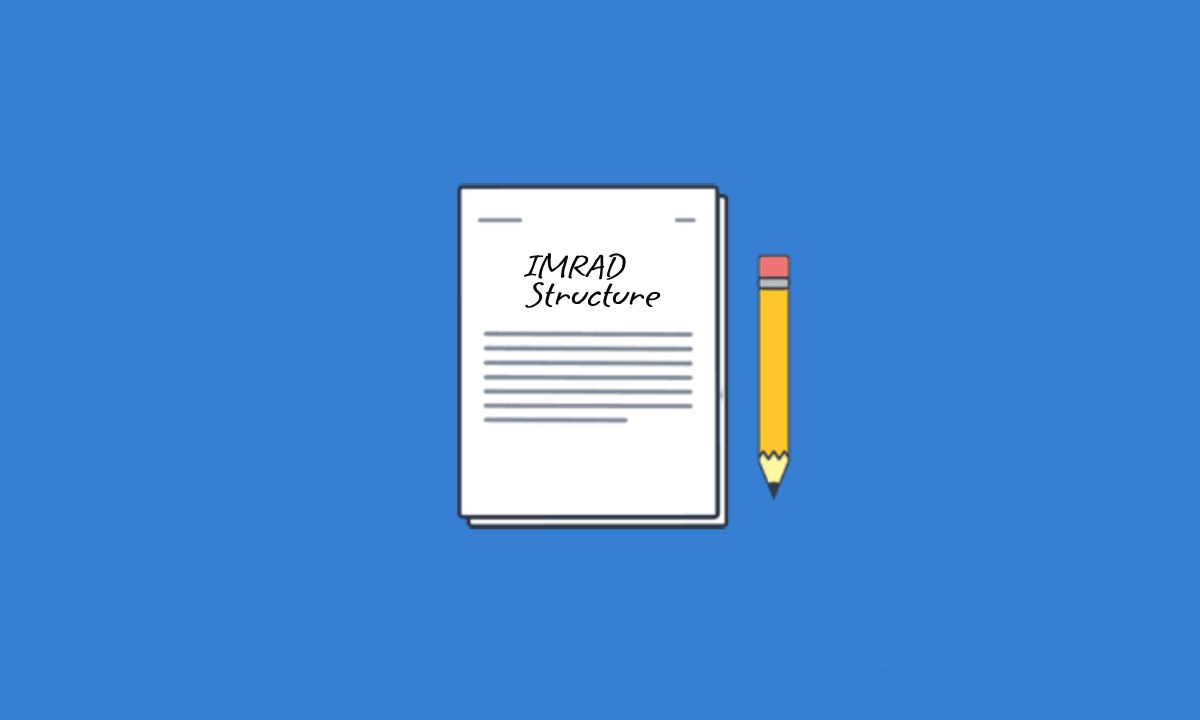What is Peer Review?
Peer review is a process used in academic and scientific research to evaluate the quality and validity of scholarly work before it is published. When a researcher submits a paper to a journal or conference, the editor typically sends it to experts in the field who are known as peers or referees. These peers review the paper anonymously and provide feedback on its strengths, weaknesses, and overall suitability for publication.
Peer Review Types
Peer review can take several different forms, depending on the nature of the scholarly work being evaluated and the preferences of the journal or conference. Here are some common types of peer review:
Single-Blind Review:
In single-blind review, the reviewers know the identity of the authors, but the authors do not know the identities of the reviewers. This is one of the most common types of peer review.
Double-Blind Review:
In double-blind review, the identities of both the authors and the reviewers are kept anonymous. This is often considered the gold standard in peer review because it helps minimize bias.
Open Review:
In open review, the identities of both the authors and the reviewers are disclosed to each other. This type of review can promote transparency and accountability but may also make reviewers hesitant to provide honest feedback.
Post-Publication Review:
In post-publication review, scholarly works are published first and then reviewed by the academic community afterward. This can involve comments and critiques posted publicly, often on platforms like PubPeer or through social media.
Collaborative Review:
In collaborative review, multiple reviewers work together to evaluate a manuscript and reach a consensus. This can help ensure a more thorough and balanced assessment of the work.
Transferable Review:
Some journals allow authors to transfer peer review reports and decisions from one journal to another if their manuscript is rejected. This can save time and effort for authors and reviewers alike.
Editorial Review:
In some cases, the editor of a journal may make the decision to publish a manuscript based on their own assessment, without sending it out for peer review. However, this is less common in scholarly publishing and is typically reserved for special circumstances.
Each type of peer review has its own advantages and limitations, and the choice of which type to use often depends on factors such as the preferences of the journal or conference, the field of study, and the specific aims of the review process.
Peer Review Format
The format of a peer review typically follows a structured framework to ensure consistency and thoroughness in evaluating scholarly work. While the specific format may vary depending on the journal or conference, here’s a general outline of what a peer review typically includes:
Title and Authors:
The review usually begins with the title of the manuscript under consideration and the names of the authors.
Introduction: The reviewer may start by summarizing the main findings and contributions of the manuscript to provide context for their evaluation.
Strengths:
The reviewer identifies the strengths of the manuscript, such as the clarity of the research question, the novelty of the findings, the robustness of the methodology, or the significance of the results.
Weaknesses:
The reviewer points out any weaknesses or limitations in the manuscript, such as methodological flaws, gaps in the literature review, inconsistencies in the data analysis, or unclear presentation of results.
Suggestions for Improvement:
The reviewer provides constructive feedback on how the manuscript could be strengthened or revised. This may include specific recommendations for additional experiments, clarifications of key points, or revisions to the structure or organization of the manuscript.
Ethical Considerations:
The reviewer may also assess whether the manuscript adheres to ethical standards in research, such as proper attribution of sources, avoidance of plagiarism, and appropriate treatment of human or animal subjects.
Overall Recommendation:
Based on their evaluation, the reviewer makes a recommendation to the editor regarding the publication of the manuscript. Common recommendations include acceptance, acceptance with revisions, resubmission after major revisions, resubmission after minor revisions, or rejection.
Confidential Comments to the Editor:
In some cases, the reviewer may provide confidential comments to the editor that are not shared with the authors. These comments may address issues such as conflicts of interest, concerns about the integrity of the research, or other matters that the reviewer wishes to discuss privately with the editor.
Reviewer Information:
Finally, the review typically includes information about the reviewer, such as their name, affiliation, and expertise in the subject matter.
This structured format helps ensure that the peer review process is thorough, consistent, and fair, and that reviewers provide constructive feedback that can help authors improve their manuscripts.
Peer Review Process
The peer review process typically follows several key steps:
Submission:
Authors submit their manuscript to a journal or conference for consideration. The submission usually includes a cover letter, the manuscript itself, and any supplementary materials or data.
Editorial Evaluation:
Upon receiving a manuscript, the editor of the journal or conference evaluates it to determine whether it meets the basic criteria for consideration, such as relevance to the journal’s scope, adherence to formatting guidelines, and compliance with ethical standards. If the manuscript passes this initial screening, the editor assigns it to one or more reviewers.
Review Assignment:
The editor selects reviewers who have expertise in the subject matter of the manuscript. Reviewers are typically researchers or scholars with relevant experience and qualifications. The number of reviewers assigned to a manuscript can vary depending on the journal’s policies and the complexity of the research.
Peer Review:
Reviewers evaluate the manuscript based on its quality, originality, clarity, and contribution to the field. They provide feedback on the strengths and weaknesses of the research, identify any errors or inconsistencies, and assess its overall suitability for publication. Reviewers may also suggest revisions or additional experiments to improve the manuscript.
Author Response and Revision:
After receiving feedback from the reviewers, the authors have the opportunity to revise their manuscript in response to the comments and suggestions provided. Authors may address concerns raised by the reviewers, clarify unclear points, and make other changes to improve the quality of their work.
Editorial Decision:
Based on the reviews and the revised manuscript, the editor makes a decision about whether to accept the manuscript for publication, request further revisions, or reject it. The editor may also seek additional input from the reviewers or consult with editorial board members before making a decision.
Publication or Resubmission:
If the manuscript is accepted, it undergoes final formatting and editing before being published in the journal or presented at the conference. If revisions are requested, the authors revise their manuscript and resubmit it for further review. This process may continue iteratively until the manuscript meets the standards for publication or is ultimately rejected.
Post-Publication Review:
After publication, the manuscript may be subject to further scrutiny and feedback from the academic community. This can include comments and critiques posted online, responses from readers, and citations in subsequent research.
Throughout the peer review process, confidentiality and integrity are typically maintained to ensure impartiality and fairness. Reviewers are usually anonymous to the authors, and conflicts of interest are disclosed and managed appropriately. The goal of peer review is to ensure the quality and credibility of scholarly research and contribute to the advancement of knowledge in the field.
How to Write a Peer Review?
Writing a peer review involves carefully evaluating a manuscript and providing constructive feedback to the authors. Here’s a step-by-step guide on how to write a peer review:
Read the Manuscript Thoroughly:
Start by reading the manuscript carefully from beginning to end. Take notes as you read, noting any strengths, weaknesses, questions, or concerns that arise.
Evaluate the Content:
Assess the quality and validity of the research presented in the manuscript. Consider factors such as the significance of the research question, the appropriateness of the methodology, the clarity of the results, and the relevance of the conclusions.
Identify Strengths:
Begin your review by highlighting the strengths of the manuscript. This could include aspects such as clear writing, well-designed experiments, thorough analysis, or novel findings. Be specific in your praise and provide examples to support your comments.
Point Out Weaknesses:
Next, identify any weaknesses or areas for improvement in the manuscript. This could include flaws in the methodology, gaps in the literature review, inconsistencies in the data, or unclear writing. Again, be specific in your feedback and provide suggestions for how the authors could address these issues.
Offer Constructive Feedback:
Provide constructive feedback that the authors can use to improve their manuscript. Offer specific suggestions for revisions, such as clarifying unclear passages, adding additional experiments or analyses, or reorganizing sections for better flow. Be respectful and supportive in your tone, focusing on helping the authors enhance the quality of their work.
Consider Ethical and Professional Standards:
Assess whether the manuscript adheres to ethical standards in research, such as proper citation of sources, avoidance of plagiarism, and appropriate treatment of human or animal subjects. If you have any concerns about ethical issues, be sure to raise them in your review.
Make a Recommendation:
Based on your evaluation of the manuscript, make a recommendation to the editor regarding its publication. Common recommendations include acceptance, acceptance with revisions, resubmission after major revisions, resubmission after minor revisions, or rejection. Justify your recommendation with clear rationale based on your assessment of the manuscript.
Provide Confidential Comments to the Editor (if applicable):
If there are any confidential comments or concerns that you wish to share with the editor but not with the authors, include these in a separate section of your review. This could include issues related to conflicts of interest, ethical concerns, or other matters that you believe require the editor’s attention.
Proofread and Finalize:
Before submitting your review, proofread it carefully to ensure clarity, accuracy, and professionalism. Make any necessary revisions or corrections, and double-check that you have addressed all relevant aspects of the manuscript in your feedback.
Submit Your Review:
Finally, submit your completed review to the editor by the specified deadline. Some journals provide online submission systems for peer reviews, while others may require reviews to be submitted via email. Follow the journal’s guidelines for formatting and submission instructions.
By following these steps, you can write a thorough and thoughtful peer review that provides valuable feedback to the authors and helps maintain the quality and integrity of the scholarly publishing process.
Why is Peer Review Important?
Peer review is important for several reasons:
Quality Assurance:
Peer review helps ensure the quality and validity of scholarly research by subjecting it to scrutiny by experts in the field.
Feedback and Improvement:
Peer review provides authors with valuable feedback on their work, helping them identify strengths and weaknesses and improve the quality of their research.
Filtering:
Peer review helps filter out low-quality research, preventing the dissemination of inaccurate or unreliable findings.
Validation and Credibility:
Publication in a peer-reviewed journal is often seen as a mark of quality and credibility in the academic community. Peer review provides validation of research findings and enhances the reputation of authors and their institutions.
Advancement of Knowledge:
Peer review plays a crucial role in the advancement of knowledge by facilitating the exchange of ideas and discoveries within the academic community. By providing constructive feedback and engaging in scholarly discourse, reviewers contribute to the refinement and validation of research findings, leading to further progress in the field.
Ethical Oversight:
Peer review helps ensure that research adheres to ethical standards and guidelines, such as proper attribution of sources, avoidance of plagiarism, and ethical treatment of human or animal subjects.
Peer review serves as a cornerstone of the scholarly publishing process, contributing to the quality, credibility, and integrity of academic research and fostering the advancement of knowledge across various disciplines.



